The Kumbh Mela, one of the largest religious gatherings in the world, is a profound expression of Hindu spirituality, tradition, and culture. Rooted in ancient rituals and beliefs, the Kumbh Mela is a sacred pilgrimage that draws millions of devotees seeking spiritual purification, blessings, and enlightenment. At the heart of this grand spectacle are a myriad of rituals, each imbued with deep symbolism and significance, weaving together a tapestry of devotion and reverence.
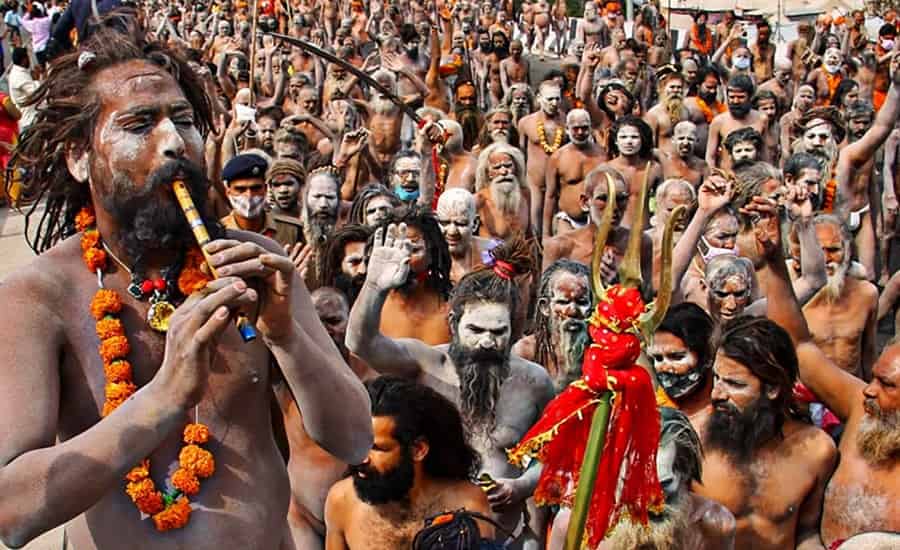
1. Ritual Bathing: Purification of Body and Soul
The central ritual of the Kumbh Mela is the ceremonial bathing in the holy waters of the sacred rivers, believed to cleanse one’s sins and bestow divine blessings. Pilgrims gather at the riverbanks in fervent anticipation, waiting for auspicious moments to take the sacred dip. The bathing processions, marked by elaborate displays of devotion and reverence, witness the participation of sadhus, saints, and devotees from all walks of life. The act of immersing oneself in the sacred waters symbolizes the purification of body and soul, a transformative journey towards spiritual liberation.
2. The Peshwai Procession: Arrival of the Holy Ones
A spectacle of grandeur and devotion, the Peshwai Procession heralds the arrival of revered sadhus and saints at the Kumbh Mela. Clad in saffron robes and adorned with sacred ashes, the holy men traverse through the streets in a majestic display of reverence and piety. The procession, accompanied by chants, music, and fervent devotees, embodies the timeless traditions and spiritual fervor of the Kumbh Mela, setting the stage for profound spiritual experiences and interactions.
3. Akharas: Sanctuaries of Spiritual Discipline
The Akharas, or monastic orders, form the cornerstone of the spiritual landscape at the Kumbh Mela. These sacred institutions, representing diverse sects and traditions, serve as sanctuaries of spiritual discipline and devotion. Sadhus belonging to different Akharas engage in rigorous penance, meditation, and religious practices, embodying the ethos of renunciation and transcendence. From Naga sanyasis to Urdhwavahurs, each sect brings its unique perspective and practices, enriching the spiritual tapestry of the Kumbh Mela.
4. Darshana: Seeking Blessings and Guidance
Darshana, the auspicious sight of revered sadhus and saints, holds immense significance for pilgrims at the Kumbh Mela. Devotees journey from far and wide to seek blessings, guidance, and spiritual solace from the holy men, who embody divine wisdom and grace. Through Darshana, devotees forge a sacred connection with the divine, experiencing moments of profound insight and transformation. The interactions with sadhus transcend the mundane, offering glimpses of transcendental truth and spiritual enlightenment.
5. Temple Visits: Pilgrimage of Devotion
Amidst the bustling festivities and spiritual fervor, pilgrims embark on pilgrimages to nearby temples and sacred sites, further enriching their spiritual journey. The Kumbh Mela becomes a vibrant tapestry of devotion and reverence, as devotees pay homage to the divine manifestations and seek divine blessings. The temple visits serve as poignant reminders of the eternal presence of the divine, inspiring devotees to deepen their faith and commitment to spiritual awakening.
In essence, the rituals of the Kumbh Mela encapsulate the essence of Hindu spirituality, offering devotees a transformative journey of self-discovery, devotion, and transcendence. As pilgrims converge from across the globe, the Kumbh Mela becomes a sacred symphony of faith and devotion, resonating with the eternal rhythms of the cosmos.




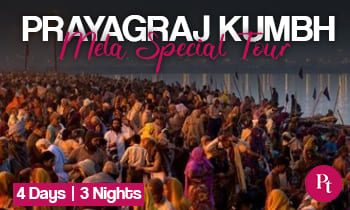

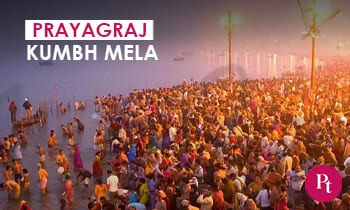
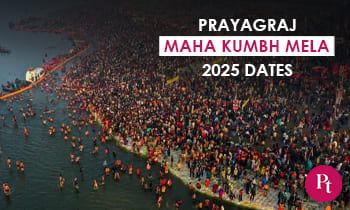
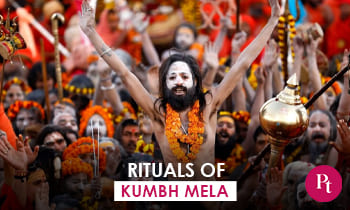


 Call
Call WhatsApp
WhatsApp Enquiry
Enquiry